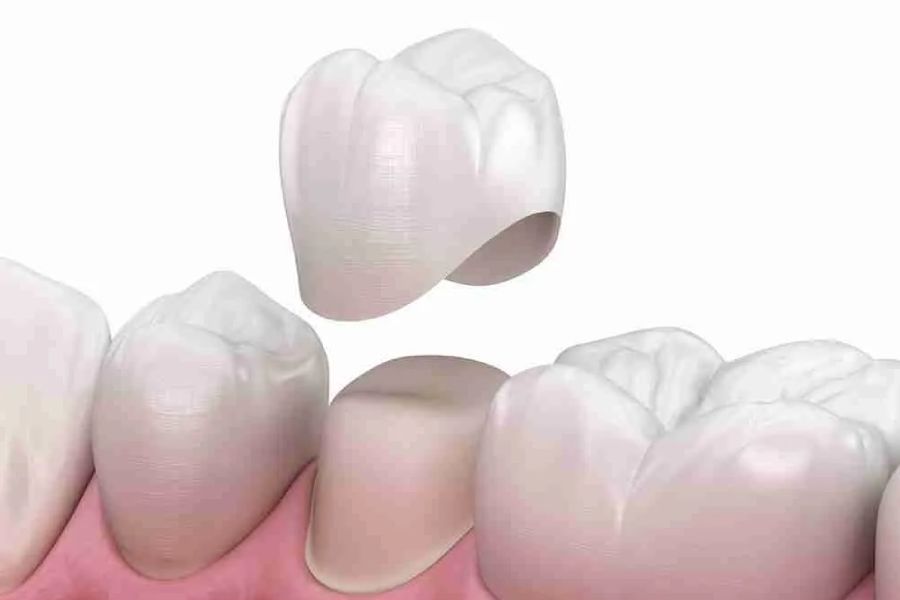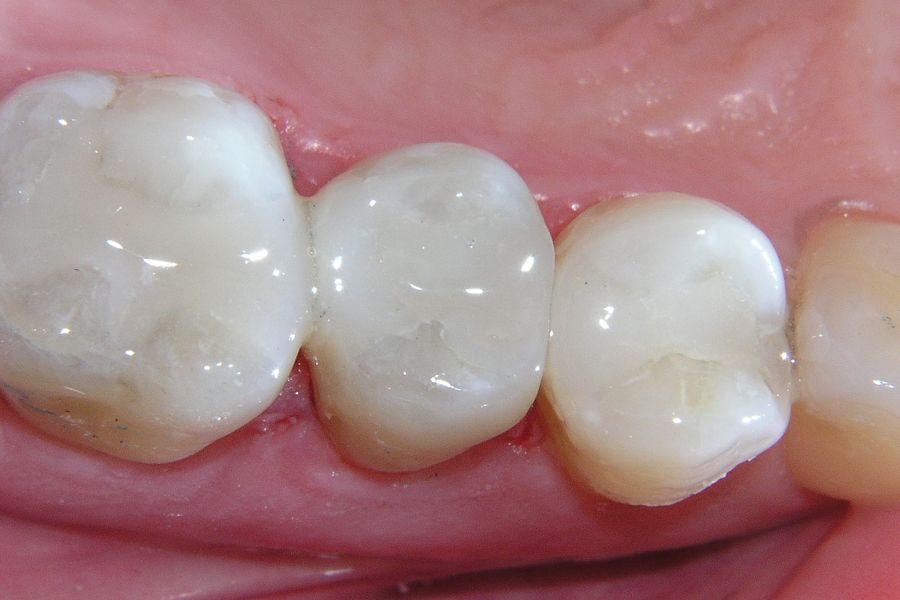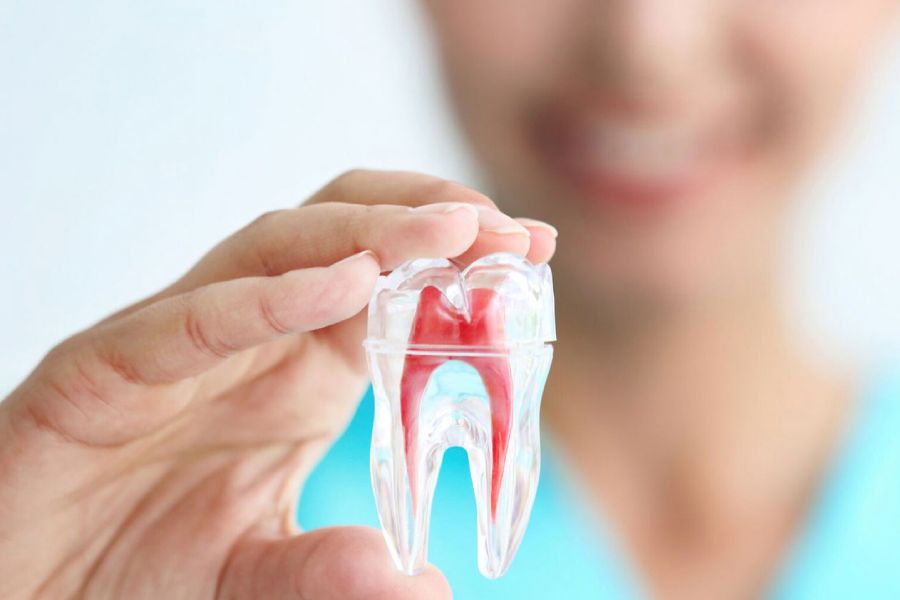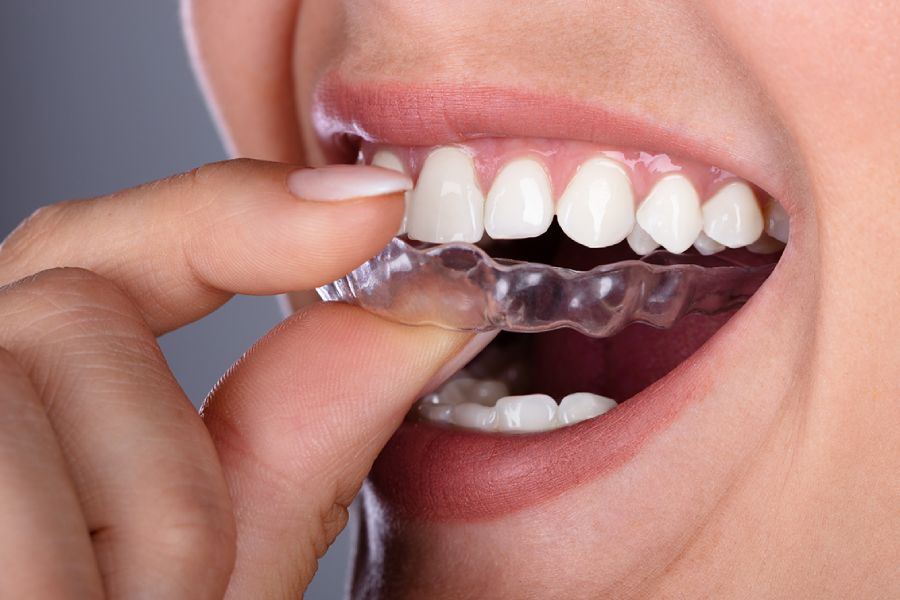Treatments
What we do?
If you can’t find what you’re looking for; please feel free to get in touch with us — we will be more than happy to help.

Bridges
A dental bridge essentially bridges a gap in your mouth. Unlike traditional removable dentures; a dental bridge is fixed onto one or both of the adjacent teeth.
Bridges are permanently fixed in place so you don’t remove them for cleaning. Dental bridges offer a permanent solution for missing teeth. Unlike dental implants, bridges can replace missing teeth without surgery.
There are several ways to replace missing teeth. It’s important to explore all the options and discuss them with your dentist.
Alternatives to bridges include Full or partial dentures and Dental implants.

Crowns
When the body of a tooth cannot be saved, through decay or damage, a crown or cap can be placed which acts as a normal tooth.
A dental crown is a tooth-shaped cap that’s placed over your tooth. It’s a permanent solution, and once it’s fixed in place, a crown should look, feel and function just like any other tooth. Placing a crown usually takes two appointments.
At your first visit; tooth is prepared to hold the crown; a impression is taken and temporary crown fitted.
At your second visit, your dentist will remove the temporary crown and cement the new crown in place.

White Fillings
People of all ages, even young children, may need a tooth filling. You might have signs of tooth decay such as a nagging toothache, sudden pain when you bite down or sensitivity to hot and cold.
We can safely upgrade your black Amalgam fillings with a white filling material called Composites. They match the natural colour of your teeth and are more aesthetically pleasing than amalgam fillings.
If a standard filling isn’t suitable, your dentist may recommend an inlay or overlay (sometimes called onlays, too). Porcelain Inlays are custom made restorations carefully constructed by a skilled technician to fit precisely into the cavity. Porcelain has the added benefit of being very strong; durable and natural looking.

Porcelain Veeners
A veneer is a thin moulding, custom-made from porcelain, which is bonded to the front surface of a tooth. A veneer is a porcelain facing on the front of your teeth usually your top teeth, it is just like a false fingernail.
Veneers are a quick and effective solution to stained, chipped, misshapen or crooked teeth and will give you a good life-like appearance with minimum tooth adjustment.
Veneers make teeth look natural and healthy, and because they are very thin and are held in place by a special strong bond (rather like super-glue) very little preparation of the tooth is needed.
Porcelain veneers can improve the colour, shape and position of teeth. A precise shade of porcelain can be chosen to give the right colour to improve a single discoloured or stained tooth or to lighten front teeth (usually the upper ones) generally.
They can also be used to cover gaps in teeth where orthodontic treatment may not be suitable. If one tooth is slightly out of position, a veneer can sometimes be fitted to bring it into line with the others.

Root Canal Treatments
Root canal treatment may be needed when there is inflammation or infection inside one of your teeth through decay or injury. Your teeth have ‘roots’ that anchor them into your jawbone. Inside each of your teeth there is a mixture of blood vessels and nerves called pulp. Pulp sits inside a space called the pulp chamber and this extends down into the roots of the tooth. The pulp chamber within the root is called the root canal.
If the pulp becomes infected, the infection may spread through the root canal system of the tooth. This may eventually lead to an abscess. If root canal treatment (RCT) is not carried out, the infection will spread and the tooth may need to be taken out.
The aim of the treatment is to remove all infection from the root canal. The root is then cleaned and filled to prevent any further infection. A local anaesthetic is usually used during the treatment, and it should feel no different from having a filling performed. If your tooth is difficult to treat, your dentist may refer you to an endodontist.

Orthodontics/Invisalign
Orthodontics, also known as teeth straightening, involves wearing devices to straighten crooked or crowded teeth.
Treatment options include fixed braces, which are attached to your teeth using wires and brackets, and clear, removable aligners, such as Invisalign aligners.
Your dentist will evaluate your smile and then map out a precise, customised digital treatment plan that showcases the step-by-step transformation of your smile.
Once you approve your plan, your unique aligners will be created. You will wear each set of aligners for 20 to 22 hours a day, changing to a new set of aligners every 1 to 2 weeks, as directed by your dentist. You can comfortably wear your aligners for 22 hours per day, removing them only for brushing, eating and drinking.
Each set of aligners will gently and gradually shift your teeth into place, according to your treatment plan, until you reach your beautiful new smile. You continue to use a retainer to prevent teeth from gradually shifting back toward their initial position. Depending on the complexity of your case, you could complete your treatment in as little as 6 months.
